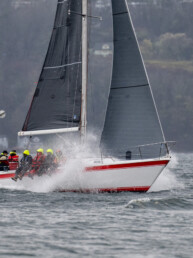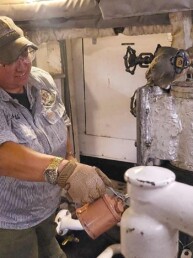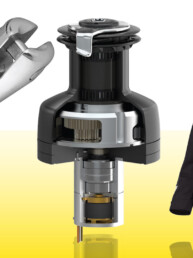“How do you run a stern-tie setup when you have limited working and storage space on board?” This is one of the questions I asked myself in fitting out my Flicka 20, Sampaguita, for Pacific Northwest expeditions. First, I’ll address what a stern-tie is, why you might need one, and the equipment involved. Second, I’ll review the specific issues I faced as a small boat owner and how I personally solved those challenges. Third, I’ll discuss how this solution and its variables works for Sampaguita in real-world practice.
A stern-tie is a line leading from the stern of a boat to an object on shore. This could be a tree, a rock, or piling. In Washington State Parks and British Columbia Provincial Parks, you will often find rings, chains or posts installed for this purpose. When used in conjunction with a bow anchor, the line holds a boat in a particular place or aids in the security of the bow anchor.
In the Pacific Northwest, there are many beautiful coves and inlets to attract you to anchor for the night. Sometimes you need a place to wait for the weather or a tidal rapid to settle. You might have run out of navigable light, or are too exhausted to sail on. Once in the anchorage, the seabed may have a steep sloping bottom or be of poor holding ground for the anchor. Sometimes there is limited room because of rocks or other boats in your swing circle and in some anchorages, it is just considered polite to reduce your swinging radius to leave room for later arrivals. So, you see, a stern-tie setup can be necessary for safety, security, and etiquette.
Josh Wheeler
Josh Wheeler is an avid writer and sailor who lives aboard on his 20-foot Flicka sailboat. Follow his adventures at sailingwithjosh.com






